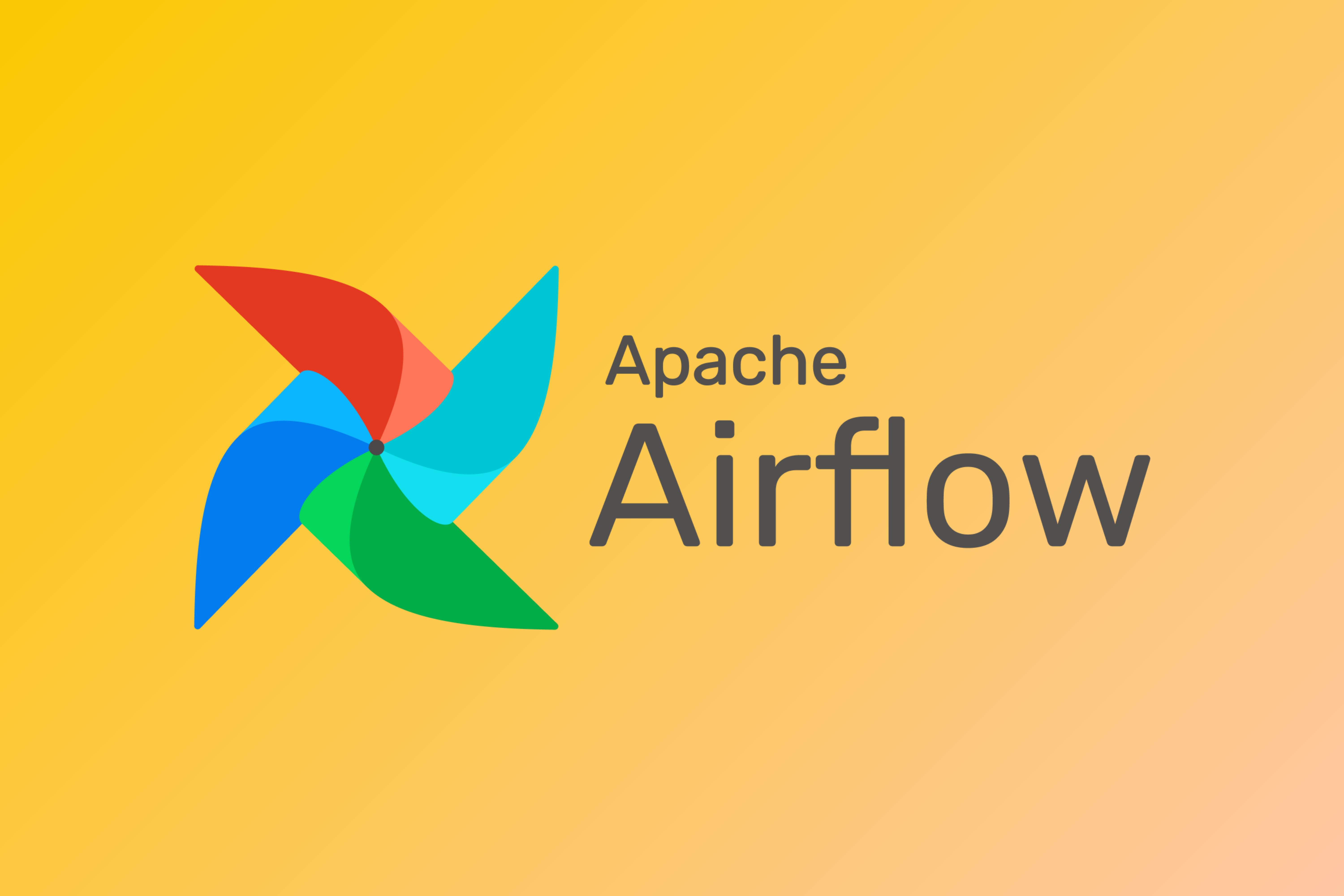

But identifying the right KPIs is always difficult. It’s both technically difficult and time-consuming to manually run a repeatable and reliable data pipeline process.Ī good KPI provides an answer to “What does success look like for this project?” in a measurable way. When it comes to data science, common contributors to a reproducibility crisis include limited data or model availability, varying infrastructure, and time pressure.

Certain elements of a data science project can be developed with an eye to reproducibility - generally called “idempotency” in this context - which can help not just with the current project’s productivity but also with future models and analyses.Īccording to a Nature survey (2016), more than 70% of researchers have failed to reproduce another scientist’s experiments, and over half of respondents couldn’t manage to reproduce their own work. Reproducibility is the ability to produce the same results each time a process is run using the same tools and the same input data it is particularly important in environments where the volume of data is large. Without tools to ingest and aggregate data in an automated manner, data scientists have to turn to manually locating and entering data from potentially disparate sources, which, in addition to being time consuming, tends to result in errors, repetitions, and, ultimately, incorrect conclusions. Availability of Data from Multiple Data SourcesĪs organizations pull increasing amounts of data from multiple applications and technologies, data scientists are there to make meaningful judgments about the data.

Top 4 Common Challenges Data Scientists Faceġ.

Although data engineers and data scientists require roughly parallel skills, the former role focuses mainly on designing pipelines that make data available to and useable by other data professionals, while the latter works with data at all stages, constantly helping an organization to harness data in decision making. But there are also clear distinctions, especially when it comes to data scientists. Roles on a data team are often loosely defined, and there can be a lot of overlap among them.
#Data apache airflow insight software
Data scientist (n): a person who is better at statistics than any software engineer and better at software engineering than any statistician.


 0 kommentar(er)
0 kommentar(er)
